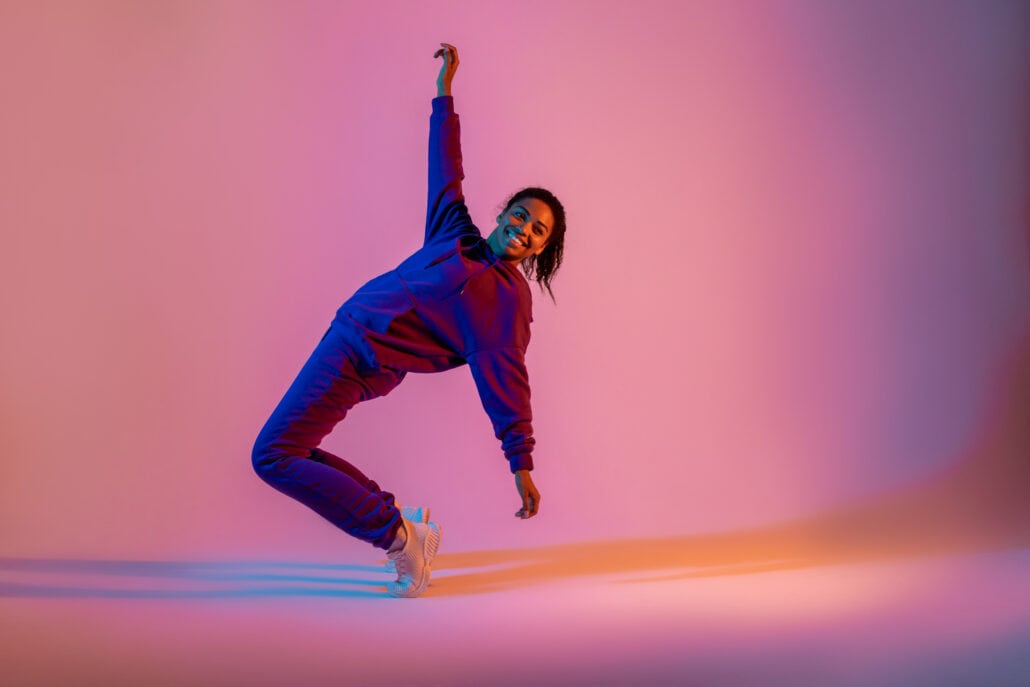 When Broadway producers look at a show, they ensure that there are emotional touchpoints tied to specific scenes that will elicit a reaction from the audience. They call this the “emotional journey.”
When Broadway producers look at a show, they ensure that there are emotional touchpoints tied to specific scenes that will elicit a reaction from the audience. They call this the “emotional journey.”
At Exclamation Group, we apply this idea of an emotional journey to event management. Here’s how you can design and monitor the progression of some truly impactful experiences for attendees that go beyond the ordinary.
Step 1: Understand Your Brand
To create a modern and relevant experience, you must have a clear understanding of what represents the brand. What makes it unique? Then, ask yourself how this particular event is connected to the brand’s identity and what attributes may draw the audience into the narrative. Each detail of your event should ultimately tie back to the brand’s identity to create a truly distinctive and authentic experience for the audience.
Think of a well-known, luxury fashion event such as the Met Gala. Organizers are expected to deliver a level of luxury and exclusivity for its beloved influential guests wearing creative, iconic looks. This highly-publicized event exemplifies a deep understanding of the fashion industry and perfectly introduces The Met’s latest fashion exhibition each year.
Step 2: Know Your Attendees
Before you make any concrete plans about the structure of your event, you must first study your guests. Otherwise, your event may not resonate with them on a meaningful level. For example, an event for a local audience would be different from an event with guests from around the world. In the luxury events industry, this is especially important. We must understand that these guests can usually afford the best of the best, which raises expectations even higher.
Know some background on your attendees including their preferences, age and where they are from. These attributes will help define every detail of your event, ultimately giving guests something so customized, unique and appealing that they will be enticed to attend.
For example, at a pinnacle moment in the evening for one of L’Oréal’s galas, we brought in Arethra Franklin as a surprise. Based on their age and preferences, we knew the audience would be familiar with the Queen of Soul. This once-in-a-lifetime moment generated nostalgia and a wave of emotions for everyone in attendance. The event was ultimately successful because it was both meaningful and incredibly memorable.
Step 3: Map the Emotional Journey in Your Run of Show
Utilizing the elements of entertainment, gastronomy, visual, sound design and theater, you will map out at what moments attendees will experience what emotion. At what point do you want them to experience a moment of nostalgia? Or maybe a more joyful, light moment? Another consideration is which points should be personal versus collective and active interactive versus passive movement. Should guests be intermingling or networking? Or perhaps a moment should be reflective and pensive.
Think intentionally about active interaction versus passive movement and what level of intensity you want to push this emotion on guests. As humans, guests naturally also need some calm and quiet transition moments. An emotional journey has to be curated carefully, taking into account human nature so that you are not forcing too many emotions in one single brand experience.
Taking these steps will ensure an impactful emotional journey — making your special event will be truly “special.”
Thomas Serrano is Founder and CEO and Anastasia Nisenbaum is Director, Exclamation Group
You May Also Be Interested In…
How to Create Goosebump Events










